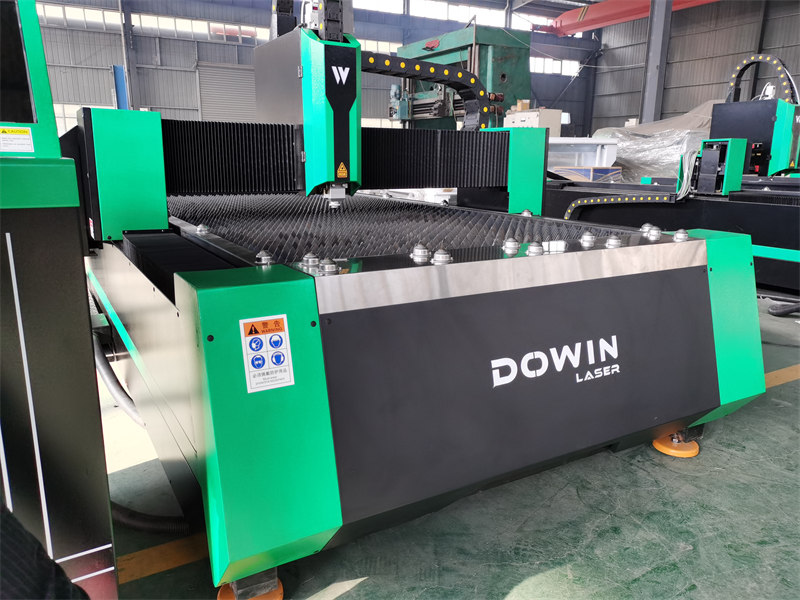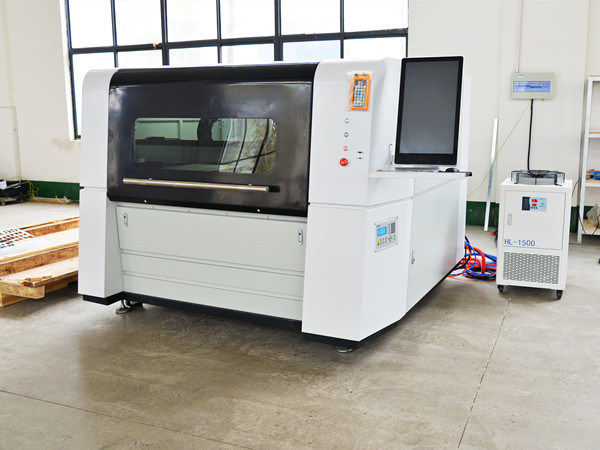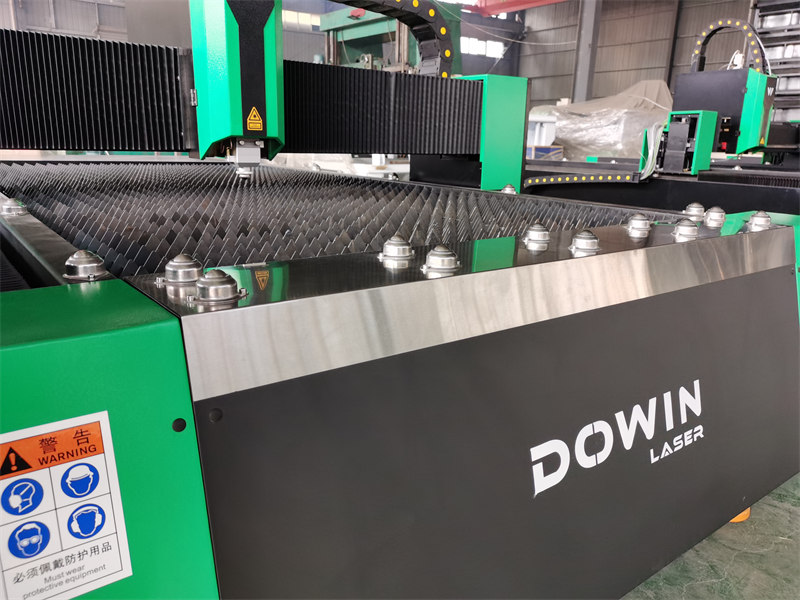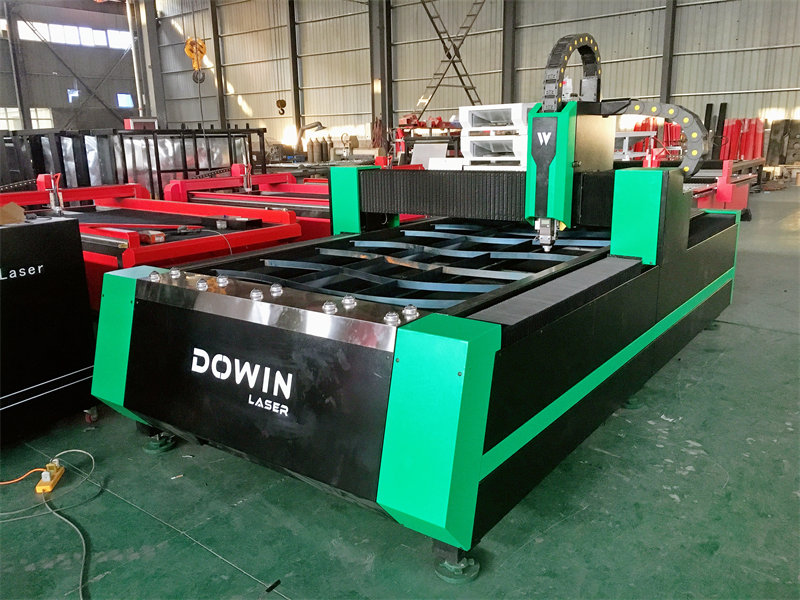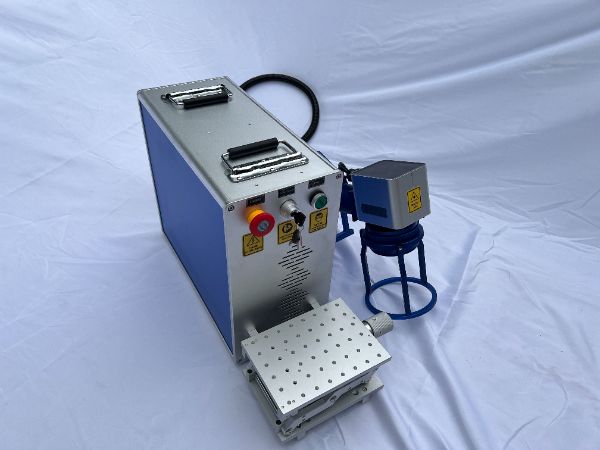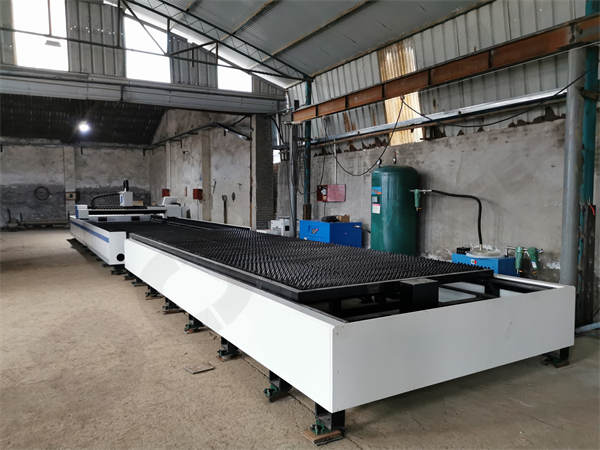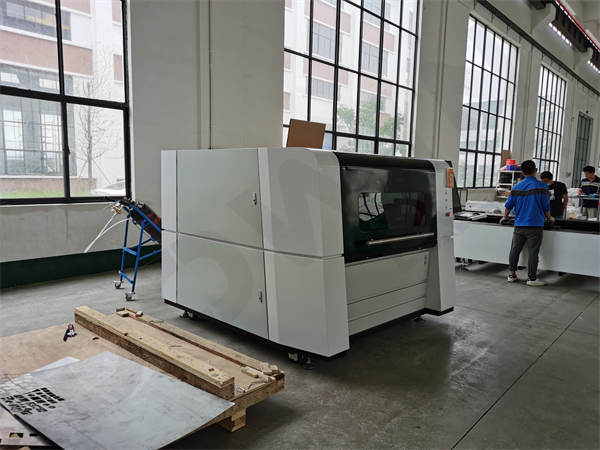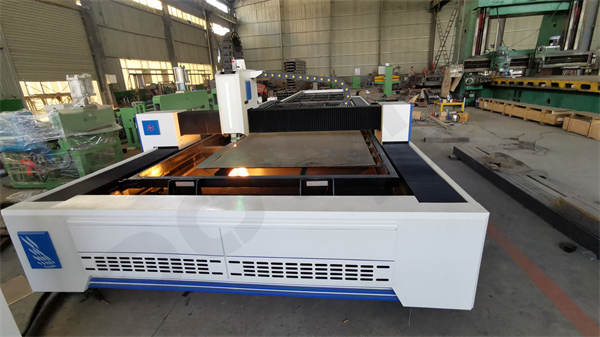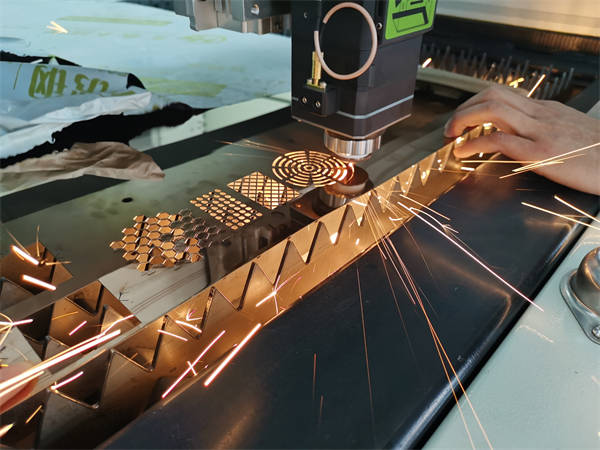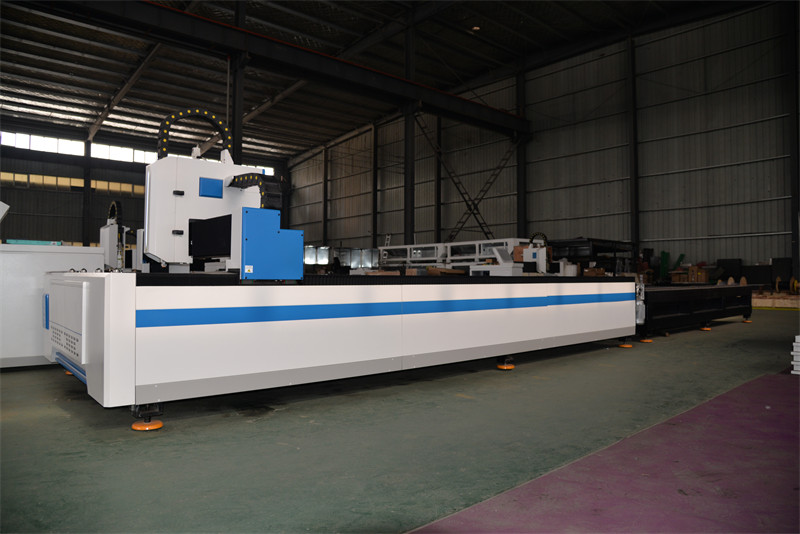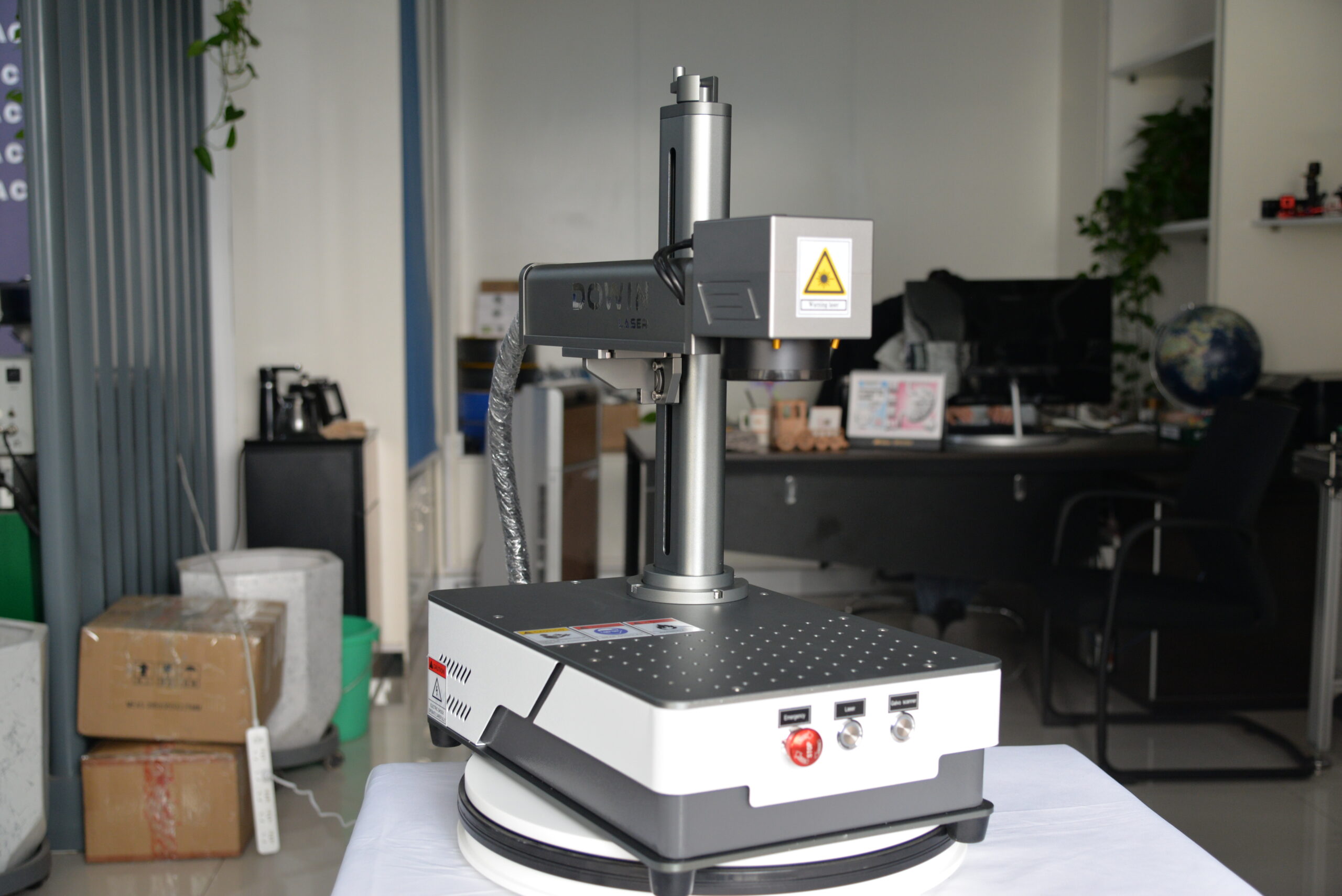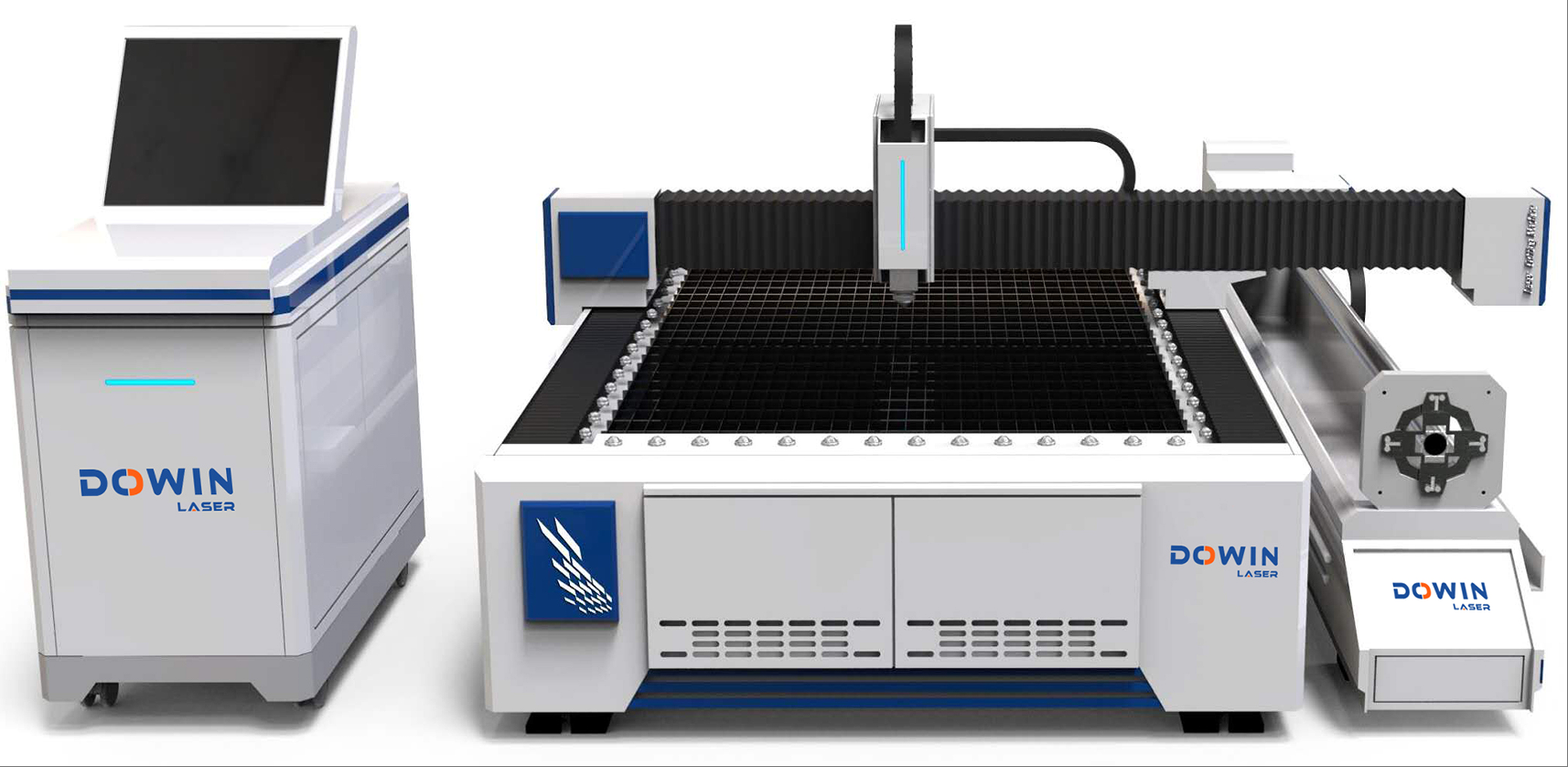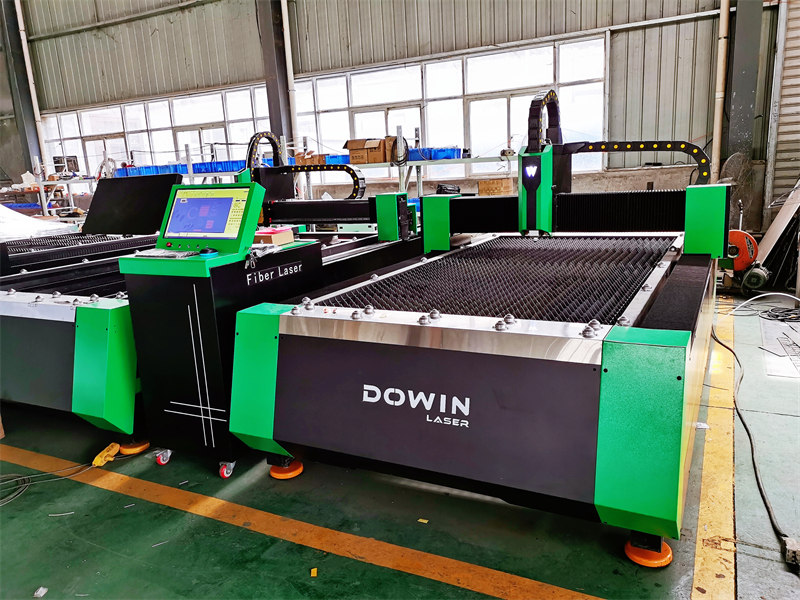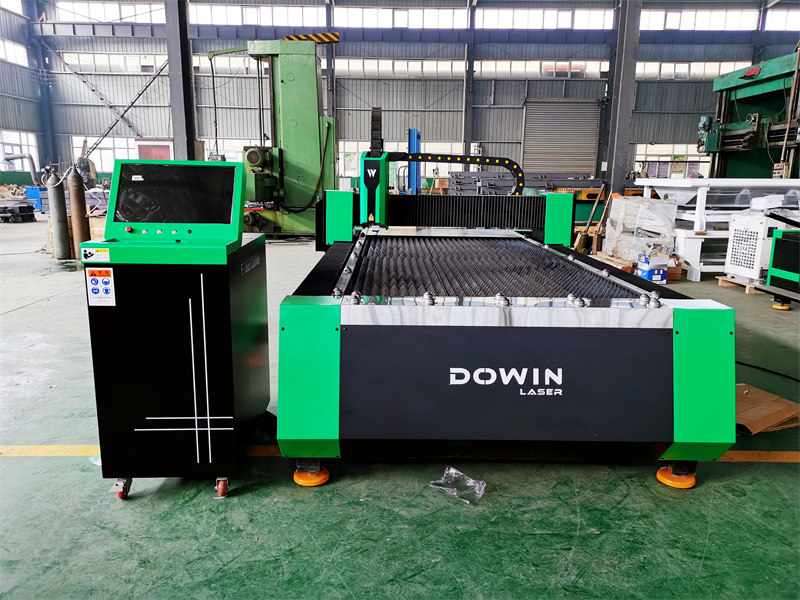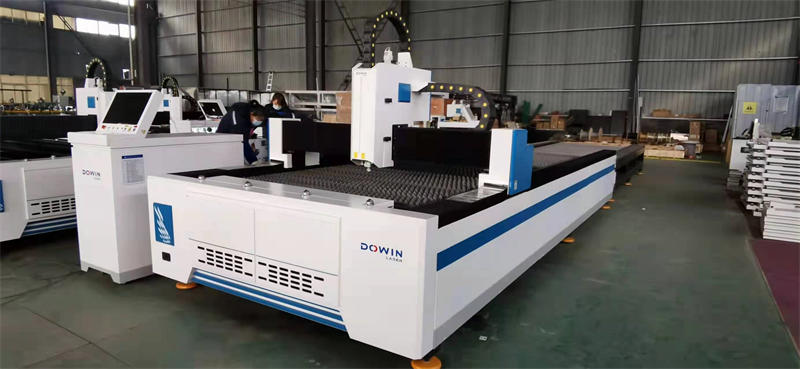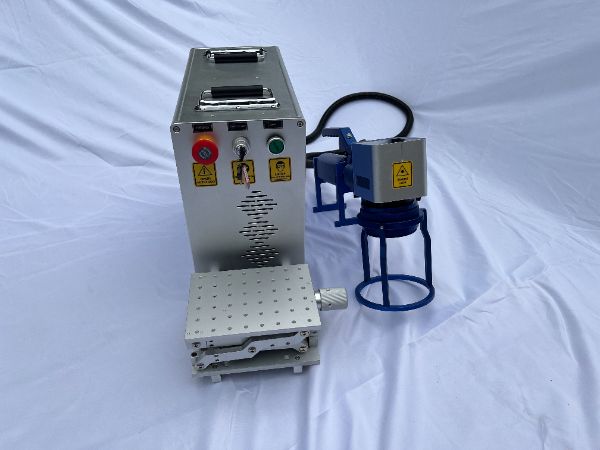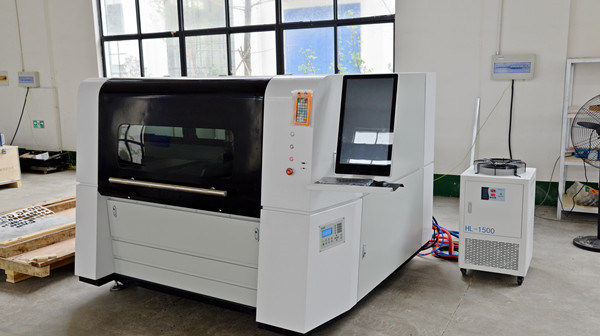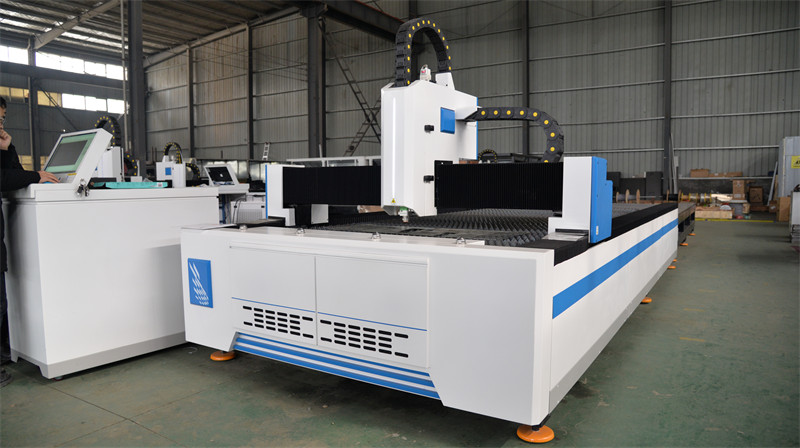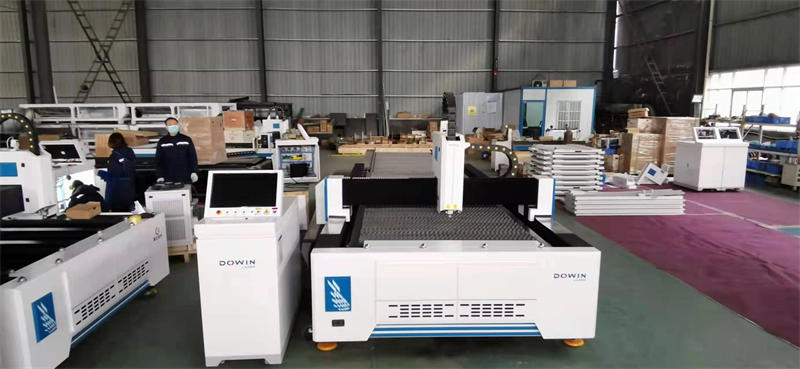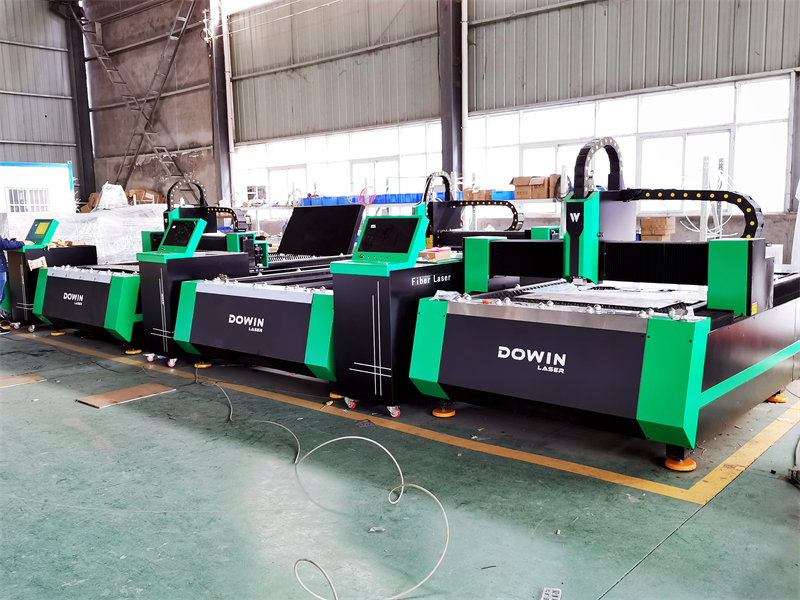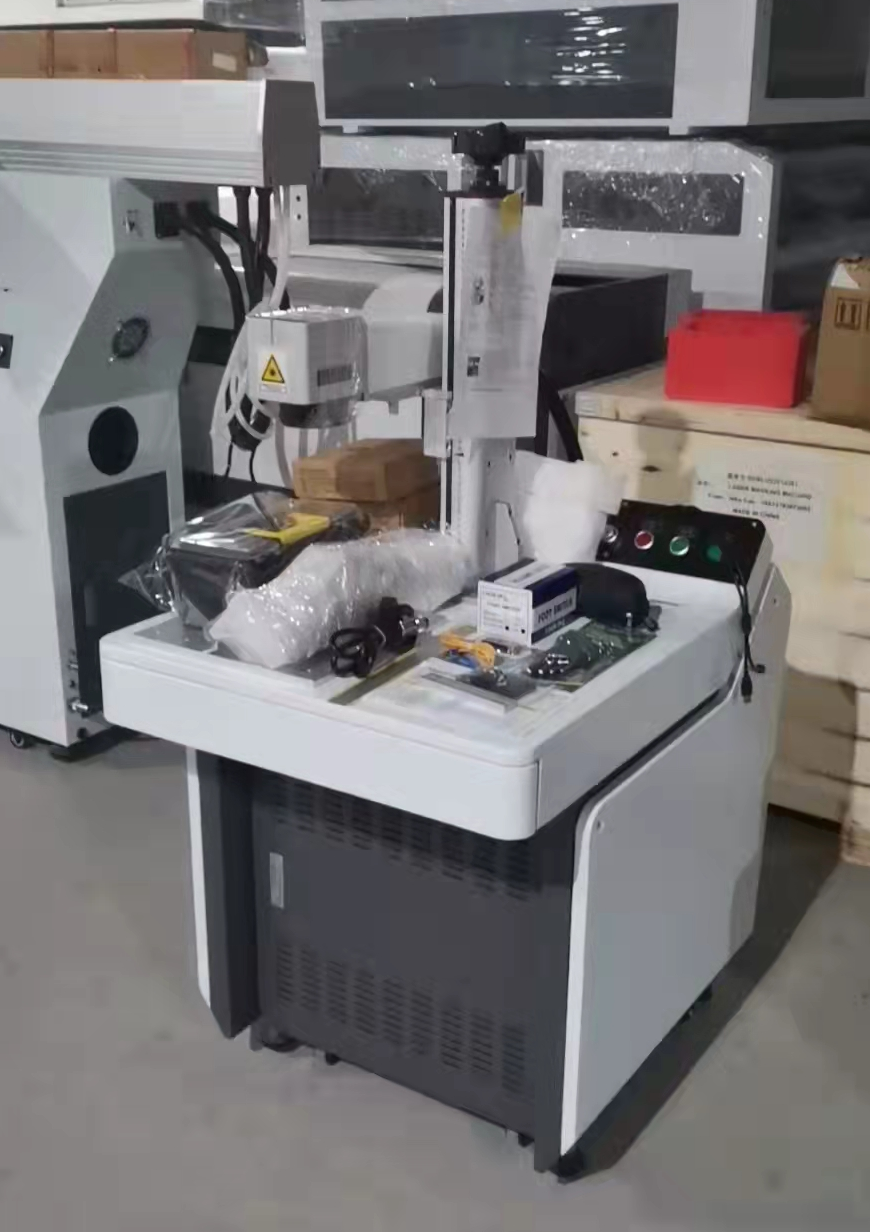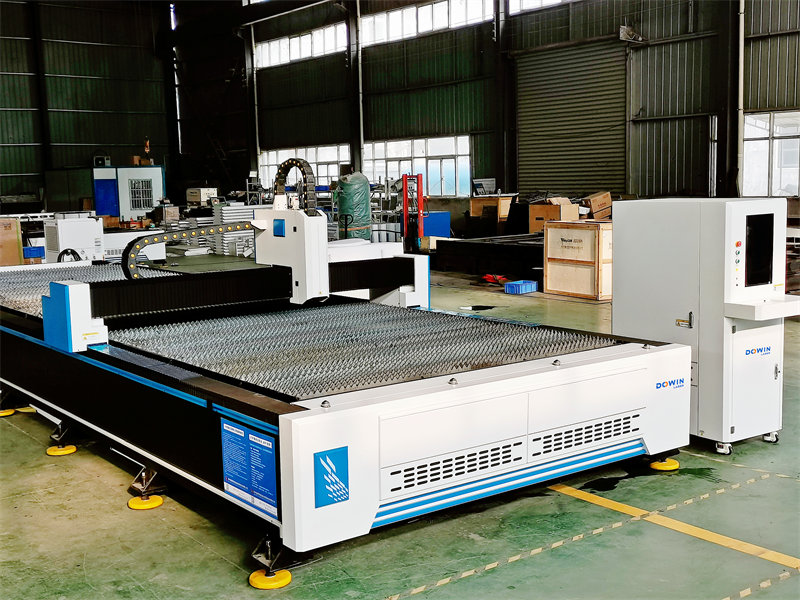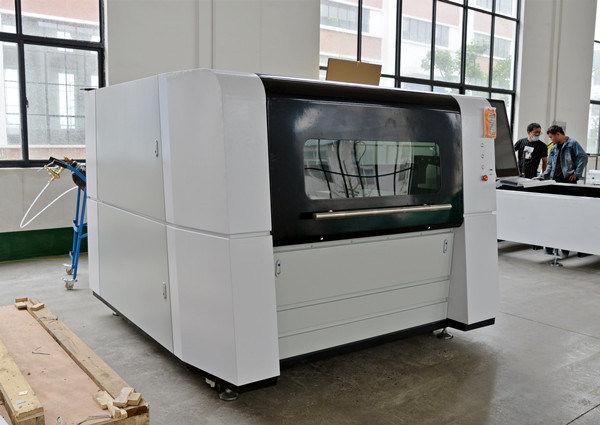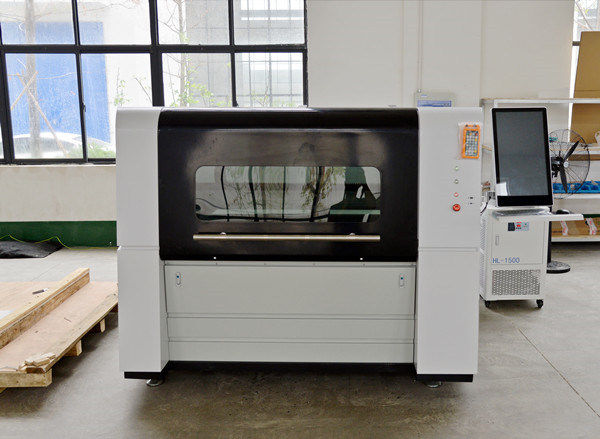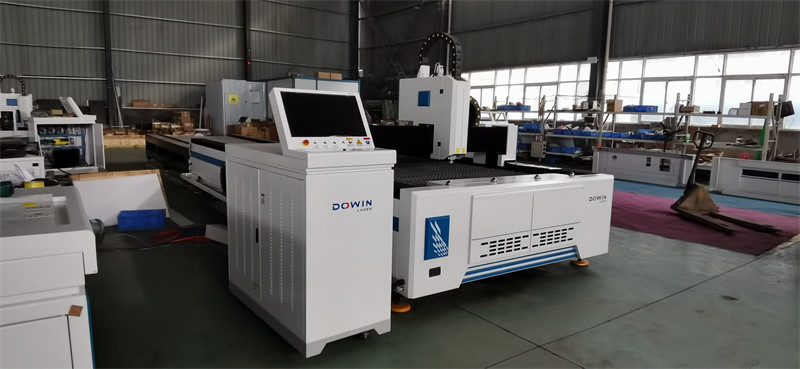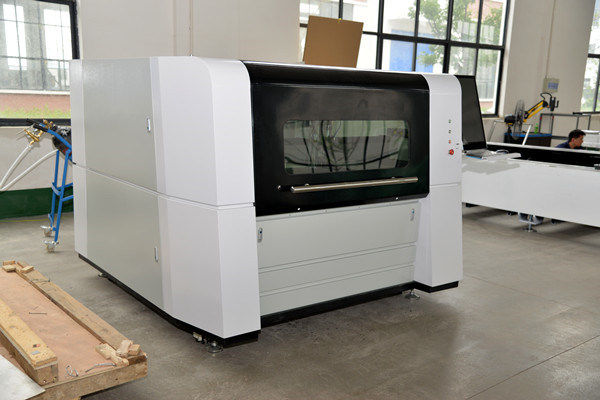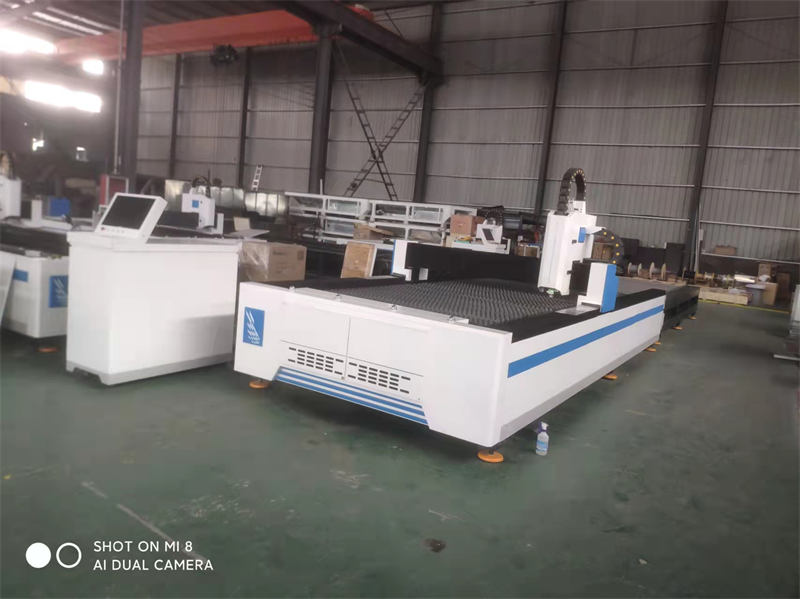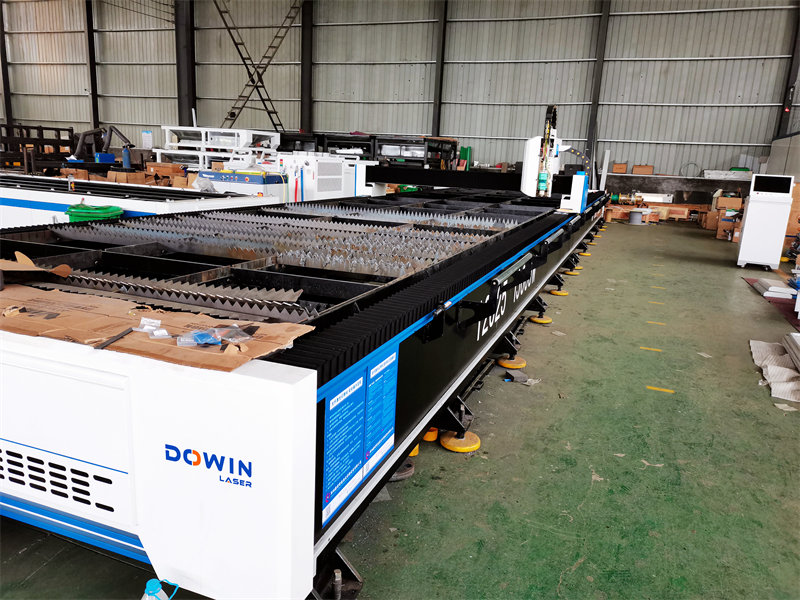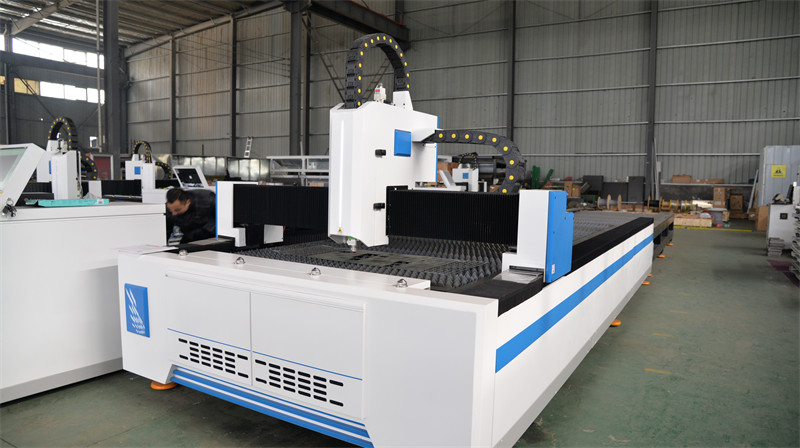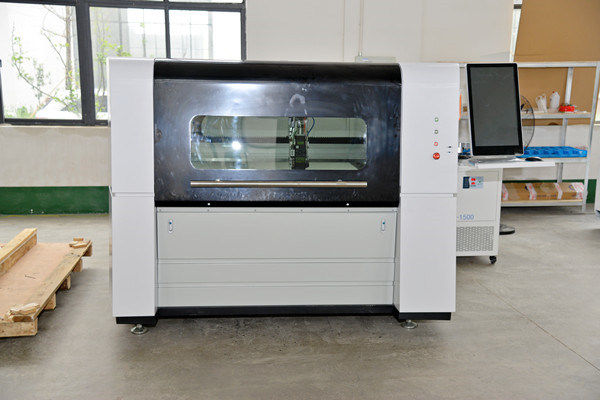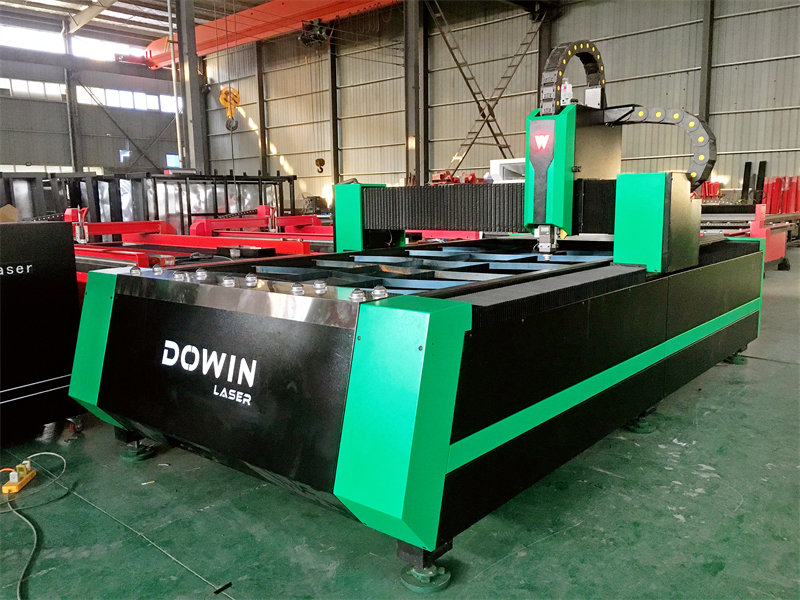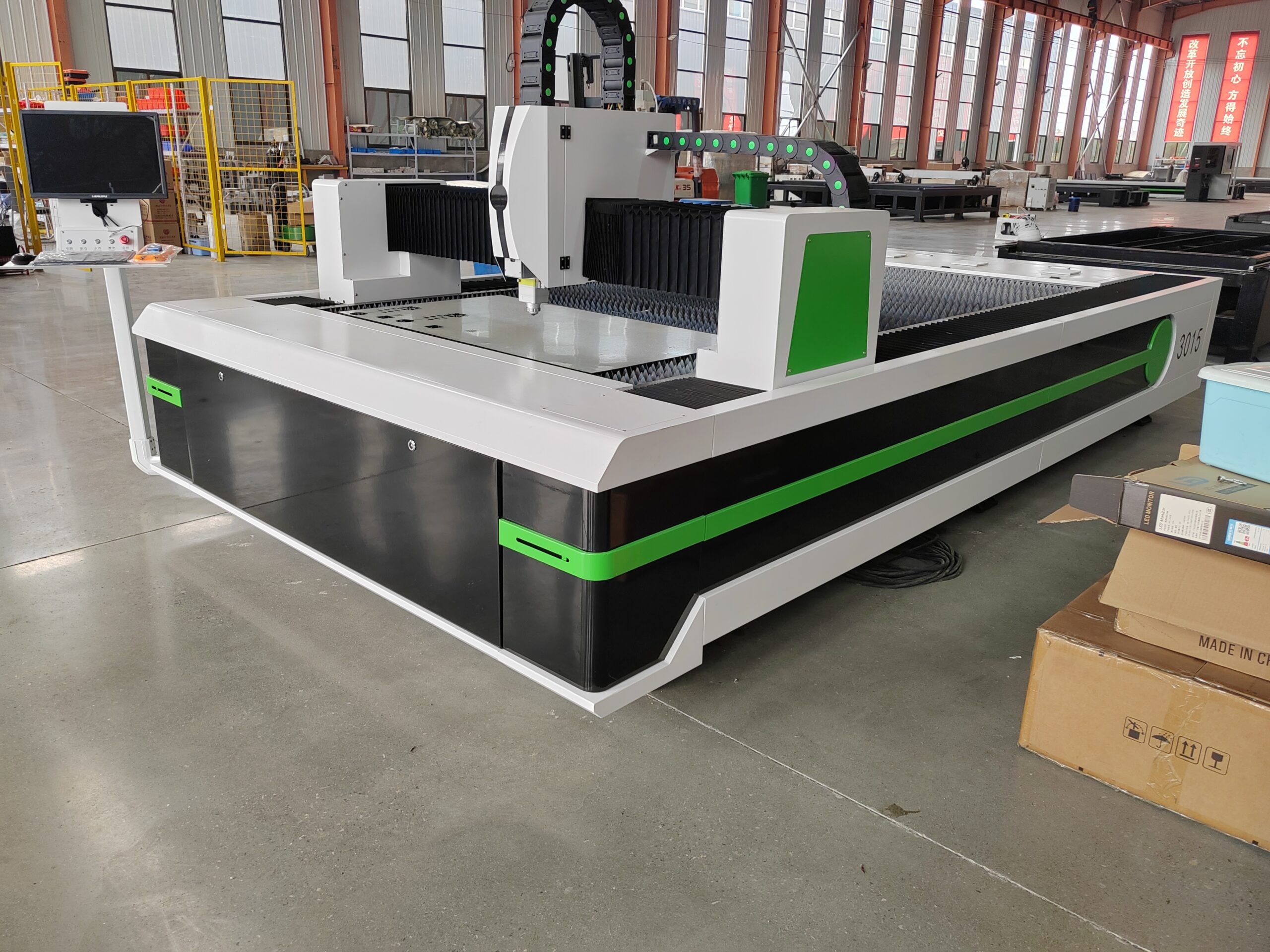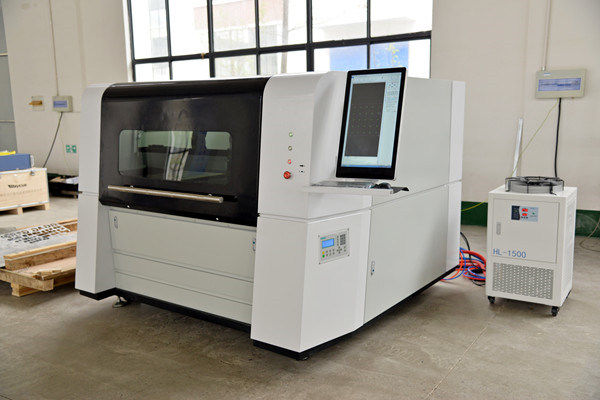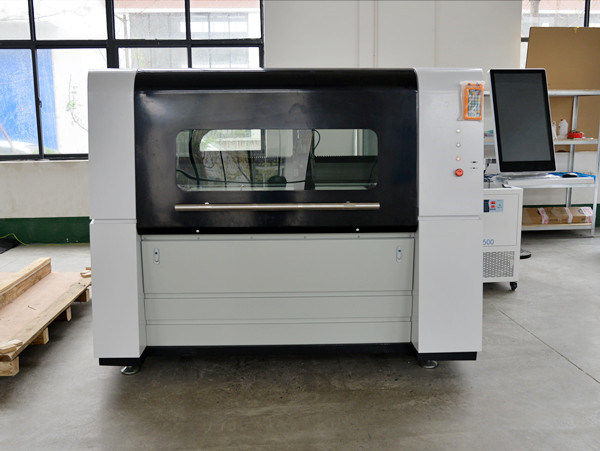Application and Operation Guide of Fiber Laser Cutting Machines in Pipe Processing
I. Overview of Fiber Laser Cutting Machines
Fiber laser cutting machines are advanced equipment that utilize high-energy-density laser beams to cut materials. In recent years, they have been widely adopted in the field of metal pipe processing. Compared with traditional mechanical cutting methods, fiber laser cutting machines offer significant advantages, including high precision, fast speed, excellent cut quality, and strong flexibility in processing.
Modern fiber laser cutting machines primarily consist of a fiber laser generator, cutting head, motion control system, cooling system, fume extraction system, and CNC operation platform. The working principle involves converting electrical energy into laser energy, transmitting it through optical fibers to the cutting head, and focusing it into a high-energy-density laser beam. This beam rapidly melts, vaporizes, or ignites the localized area of the pipe material, while a high-speed coaxial gas stream blows away the molten material, achieving precise cutting separation.
II. Preparations Before Pipe Cutting
1. Equipment Inspection and Calibration
-
Check the laser generator, cooling system, and gas supply for proper operation
-
Calibrate the laser optical path to ensure beam alignment with the cutting head
-
Test the motion accuracy and repeat positioning accuracy of each axis
-
Inspect the clamping system to ensure secure holding
2. Material Preparation
-
Confirm that the pipe material, diameter, and wall thickness meet processing requirements
-
Clean the pipe surface to remove oil, rust, and other contaminants that may affect cutting quality
-
Measure the actual dimensions of the pipe and perform recalibration if necessary
3. Process Parameter Settings
-
Select appropriate laser power based on pipe material and thickness
-
Set suitable cutting speed, gas type, and pressure
-
Determine optimal focal position and nozzle height
-
Prepare or select an appropriate cutting program
III. Pipe Cutting Operation Process
1. Clamping and Positioning
Securely clamp the pipe onto the machine fixture, ensuring its axis is parallel to the machine’s motion axis. For long pipes, auxiliary support devices should be used to prevent sagging deformation. Modern fiber laser cutting machines often feature automatic loading systems and visual positioning systems, significantly improving clamping efficiency and accuracy.
2. Program Import and Simulation
Import the pre-programmed cutting path into the CNC system and perform 3D simulation verification to check for interference or path errors. For batch production, optimize the cutting path to minimize idle travel and enhance productivity.
3. Cutting Process Monitoring
Once the cutting program is initiated, operators should closely observe the process, paying special attention to:
-
The relative position between the laser beam and pipe surface
-
The state of assist gas ejection
-
Molten slag discharge conditions
-
Abnormal sparks or sounds
4. Quality Inspection
After cutting, promptly inspect the cut quality, including:
-
Cut perpendicularity and surface roughness
-
Consistency of kerf width
-
Presence of slag adhesion, overburning, or other defects
-
Whether dimensional accuracy meets requirements
IV. Recommendations for Process Parameter Optimization
1. Typical Parameters for Carbon Steel Pipes
| Wall Thickness (mm) | Laser Power (W) | Cutting Speed (mm/min) | Gas Pressure (bar) | Focal Position |
|---|---|---|---|---|
| 1-2 | 1000-1500 | 3000-5000 | 8-12 (O₂) | 0.5mm below surface |
| 3-5 | 1500-2000 | 1500-3000 | 10-15 (O₂) | 1mm below surface |
| 6-10 | 2000-3000 | 800-1500 | 12-18 (O₂) | 2mm below surface |
2. Typical Parameters for Stainless Steel Pipes
| Wall Thickness (mm) | Laser Power (W) | Cutting Speed (mm/min) | Gas Pressure (bar) | Focal Position |
|---|---|---|---|---|
| 1-2 | 1000-1500 | 2500-4000 | 12-16 (N₂) | 0.2mm above surface |
| 3-5 | 1500-2500 | 1200-2500 | 14-20 (N₂) | On surface |
| 6-8 | 2500-4000 | 600-1200 | 16-22 (N₂) | 0.5mm below surface |
V. Common Issues and Solutions
-
Rough Cut Surface: Possible causes include insufficient laser power, excessive cutting speed, low gas purity, or incorrect focal position. Check and adjust relevant parameters accordingly.
-
Incomplete Cutting: Usually caused by decreased laser power, contaminated lenses, or focal deviation. Clean optical components, inspect laser output, and recalibrate the focal length.
-
Pipe Deformation: Common in thin-walled pipes. Mitigate by reducing power, increasing speed, using auxiliary supports, or adopting pulsed cutting mode.
-
Excessive Slag Adhesion: Often due to insufficient gas pressure or improper gas type. Use oxygen for carbon steel and nitrogen for stainless steel, ensuring adequate pressure.
VI. Safety Operation Guidelines
-
Laser Safety: Never look directly at the laser beam or its reflections. Always wear specialized protective goggles during operation.
-
Gas Safety: Secure high-pressure gas cylinders properly and ensure reliable pipeline connections to prevent leaks. Avoid oil contamination in oxygen environments.
-
Fire Safety: Equip the work area with fire extinguishers and promptly remove molten slag and flammable materials.
-
Personal Protection: Wear protective gloves, goggles, and other safety gear to avoid contact with high-temperature cutting areas.
-
Equipment Maintenance: Regularly maintain key components such as optical elements and guide rails to keep the machine in optimal condition.
VII. Applications and Future Trends
Fiber laser cutting machines are widely used in pipe processing, including:
-
Stainless steel railings and handrails in architectural decoration
-
Metal frames in the furniture industry
-
Automotive exhaust pipes and chassis components
-
Oil and gas pipeline systems
-
Metal structures for fitness equipment
Future development trends include:
-
Smart Upgrades: Integration of AI for adaptive cutting parameter adjustments
-
Multi-Functional Processing: Combining cutting, drilling, beveling, and other functions
-
Higher Power: Kilowatt-level lasers for improved thick-pipe cutting capability
-
Green Manufacturing: Optimized energy consumption and reduced emissions
With continuous technological advancements, fiber laser cutting machines will play an increasingly vital role in pipe processing, providing more efficient and precise manufacturing solutions.


